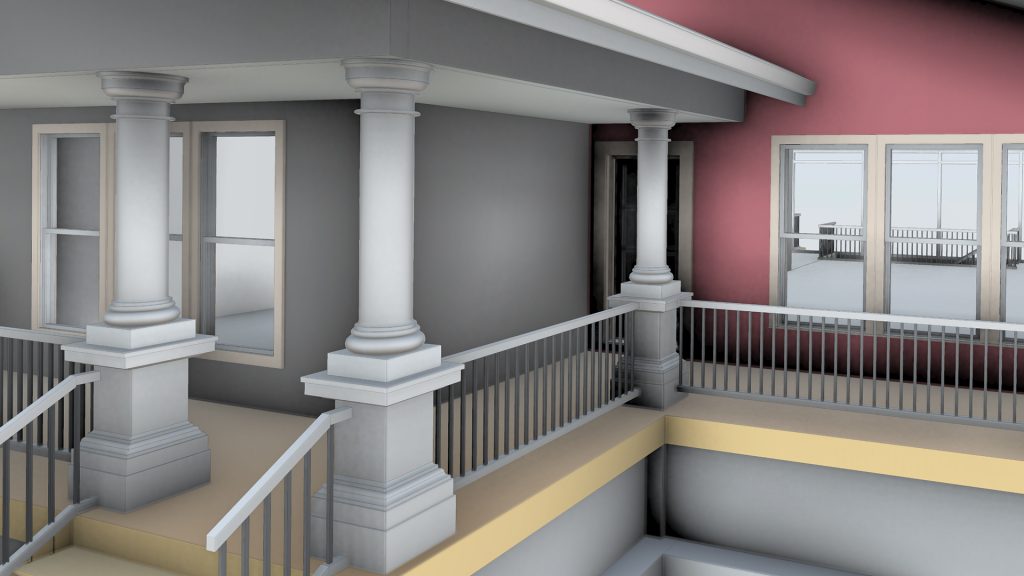
Four Tips For Designing A House
Life changes and adaptation to new social schemes implies generating new models in architecture and house design; the reason why living nowadays starts from a wide social interaction system, in which individuals from different origins come together.
Family nucleus, as well as people, look for common places where there is a group that enriches the experience and facilitates performance, both socially and economically.
That said, below, we will give you the information you need to know if you want to remodel your home design.
- Location And Distribution
Within the process to design a house, the holistic conception of its architecture must involve the bioclimatic condition and the geographical reference of its implementation, to promote the intelligent use of ecosystem resources in the functionality and efficiency of the proposed architecture.
An interior designer should know that for a home to be authentic and elegant, the distribution must be analyzed to create a space that projects spaciousness and at the same time makes the most of the available area.
- Decoration And Furniture
The way to transform a space into a versatile environment is achieved through the use of adequate decoration and furniture, which must reflect in each element the efficiency, functionality and, above all, an appropriate perception in the user so that the experience of the space is comforting and full.
The style of the design must be following the tastes and lifestyle of the people who live in the house, since in this way the expectations, both aesthetic, functional and efficiency are met.
- External Spaces And Gardening
Today, architecture involves interior and exterior spaces in simple proposals which reflects spatial continuity. The architecture of the condo balcony garden (จัด สวน ระเบียง คอน โด, which is the term in Thai) has integrated the concept of the architectural object in the landscape elegantly, raising the levels of interior comfort.
- Materials
Environmental awareness and the review of availability when specifying the materials and finishes of a project generate better qualities, durability, lower costs and long-term sustainability of the project. Likewise, the designer’s conscience seeks the harmonious balance of design in terms of aesthetics, functionality and efficiency. A good design is sophisticated, elegant, attractive, without having to use expensive and rare materials.
